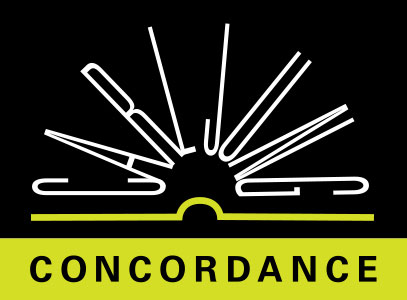A motif exemplified by the following:
You have probably read Freud's discussion of a certain picture by Leonardo da Vinci: St. Anne with the Virgin Mary and the Christ-child. Freud interprets this remarkable picture in terms of the fact that Leonardo himself had two mothers. This causality is personal. We shall not linger over the fact that this picture is far from unique, nor over the minor inaccuracy that St. Anne happens to be the grandmother of Christ and not, as required by Freud's interpretation, the mother, but shall simply point out that interwoven with the apparently personal psychology there is an impersonal motif well known to us from other fields. This is the motif of the dual mother, an archetype to be found in many variants in the field of mythology and comparative religion and forming the basis of numerous “représentations collectives”
CW9.1 ¶ 93I might mention, for instance, the motif of the dual descent, that is, descent from human and divine parents, as in the case of Heracles, who received immortality through being unwittingly adopted by Hera. What was a myth in Greece was actually a ritual in Egypt: Pharaoh was both human and divine by nature
CW9.1 ¶ 93In the birth chambers of the Egyptian temples Pharaoh's second, divine conception and birth is depicted on the walls; he is “twice-born.” It is an idea that underlies all rebirth mysteries, Christianity included. Christ himself is “twice-born:” through his baptism in the Jordan he was regenerated and reborn from water and spirit
CW9.1 ¶ 93Consequently, in the Roman liturgy the font is designated the “uterus ecclesiae,” and, as you can read in the Roman missal, it is called this even today, in the “benediction of the font” on Holy Saturday before Easter
CW9.1 ¶ 93Further, according to an early Christian-Gnostic idea, the spirit which appeared in the form of a dove was interpreted as Sophia-SapientiaWisdom and the Mother of Christ. Thanks to this motif of the dual birth, children today, instead of having good and evil fairies who magically “adopt” them at birth with blessings or curses, are given sponsorsa “godfather” and a “godmother”
CW9.1 ¶ 93The idea of a second birth is found at all times and in all places. In the earliest beginnings of medicine it was a magical means of healing; in many religions it is the central mystical experience; it is the key idea in medieval, occult philosophy, and, last but not least, it is an infantile fantasy occurring in numberless children, large and small, who believe that their parents are not their real parents but merely foster-parents to whom they were handed over. Benvenuto Cellini also had this idea, as he himself relates in his autobiography
CW9.1 ¶ 94The vulture symbol (which Freud also discusses in the work mentioned) makes this view all the more plausible. With some justification he quotes as the source of the symbol the Hieroglyphica of Horapollo ( Cf. the trans. by George Boas, pp. 63ff., and Freud, Leonardo, sec. II.Editors ), a book much in use in Leonardo's time. There you read that vultures are female only and symbolize the mother. They conceive through the wind (pneuma). This word took on the meaning of “spirit” chiefly under the influence of Christianity. Even in the account of the miracle at Pentecost the pneuma still has the double meaning of wind and spirit
CW9.1 ¶ 95This fact, in my opinion, points without doubt to Mary, who, a virgin by nature, conceived through the pneuma, like a vulture. Furthermore, according to Horapollo, the vulture also symbolizes Athene, who sprang, unbegotten, directly from the head of Zeus, was a virgin, and knew only spiritual motherhood. All this is really an allusion to Mary and the rebirth motif
CW9.1 ¶ 95There is not a shadow of evidence that Leonardo meant anything else by his picture. Even if it is correct to assume that he identified himself with the Christ-child, he was in all probability representing the mythological dual-mother motif and by no means his own personal prehistory. And what about all the other artists who painted the same theme? Surely not all of them had two mothers?
CW9.1 ¶ 95